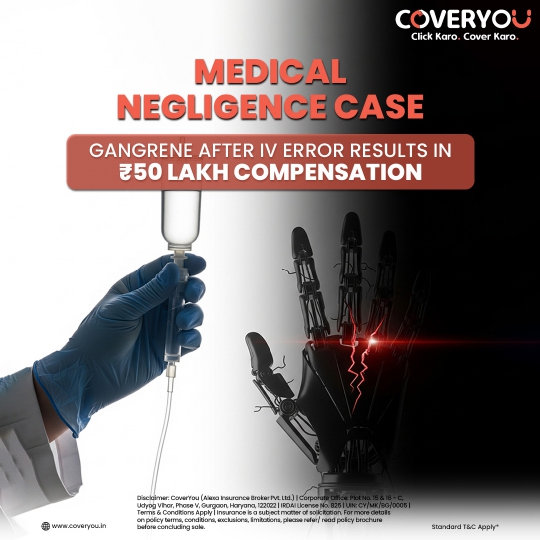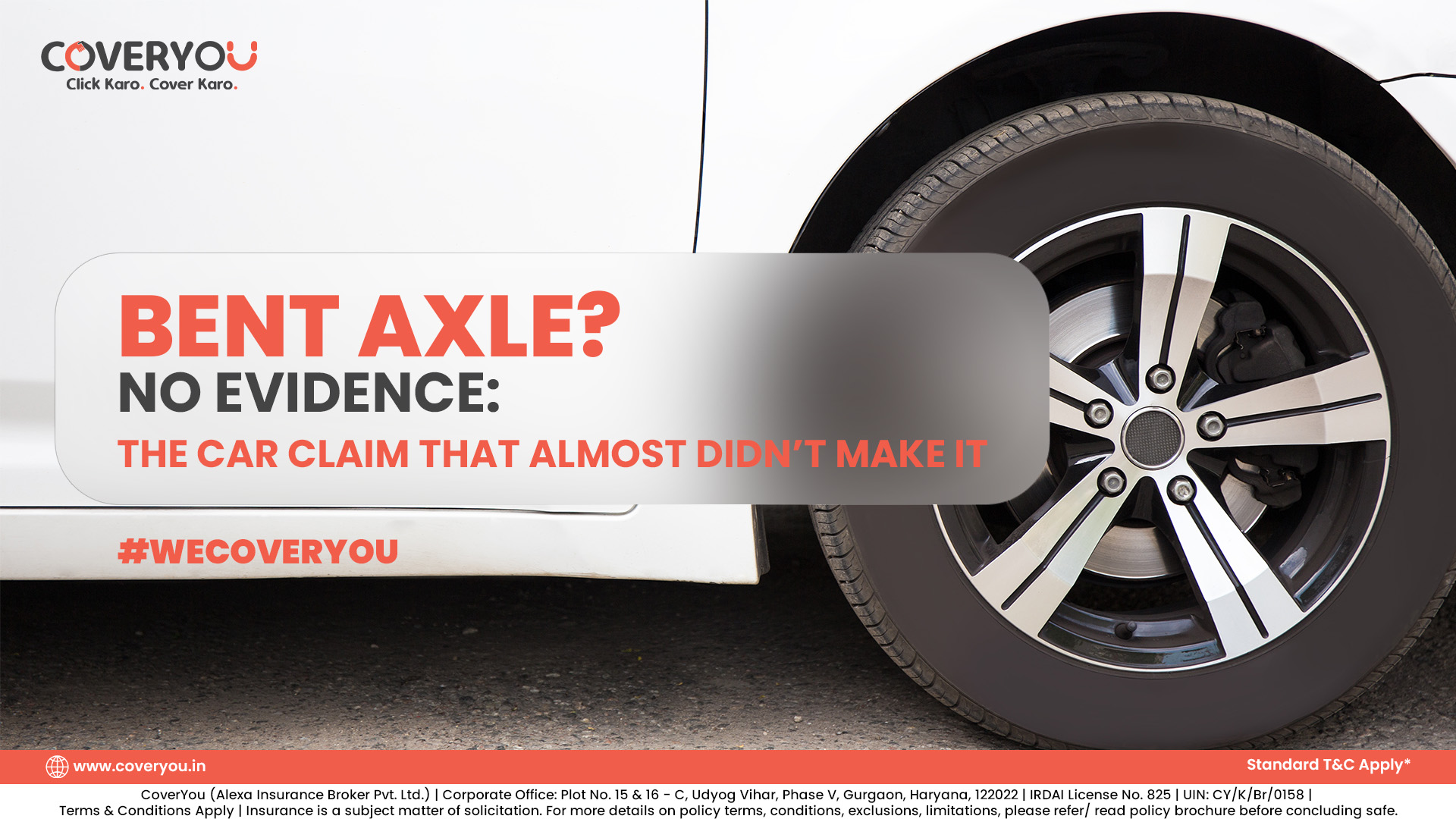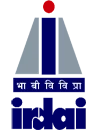For as long as I can remember, people have joked about doctors’ handwriting. Pharmacies kept running on the unspoken skill of decoding those hurried lines of ink. Patients laughed nervously about needing a “pharmacist’s dictionary” to read their prescriptions. But behind the humour, there has always been an uncomfortable truth: when a prescription isn’t clear, it can be dangerous.
A recent judgment from the Punjab and Haryana High Court in India brought this truth back into sharp focus. Justice Jasgurpreet Singh Puri, while reviewing a medico-legal report in a case unrelated to handwriting, was so struck by its illegibility that he called it out in open court. His words were blunt: a legible prescription is a fundamental right, because life and death can hinge on a single word.
When a Scribble Can Cost a Life
The consequences of sloppy prescriptions are not abstract. We’ve seen them play out across the world. A woman in Scotland was once given erectile dysfunction cream instead of an eye ointment; the prescription was misread, and she suffered chemical injuries. In India, a misinterpreted prescription once led to a woman with convulsions being treated with the wrong drug, all because the medicine names were similar but written carelessly.
The Institute of Medicine in the US estimated back in 1999 that 7,000 deaths every year could be linked to medication errors caused by poor handwriting. These are not statistics you laugh off. They are reminders that a pen in a doctor’s hand is not just a pen; it is a clinical instrument as powerful as any stethoscope.
Why Handwriting Still Rules in Many Clinics
The truth is, doctors don’t write badly because they don’t care. They write hurriedly because they often don’t have the luxury of time. In a crowded government hospital, a physician may see 70 patients in a single day. Each minute saved feels like a gift to the next person waiting outside the door. But in saving time, clarity is often sacrificed.
In bigger cities and private hospitals, technology has begun to solve this problem. Digital prescriptions are becoming the norm, typed and printed with no room for guesswork. Yet in smaller towns and rural India, where internet access may still be patchy and computer systems scarce, handwritten notes remain the default. And every handwritten note carries the risk of being misunderstood.
The Courts Step In
This is why courts in India, from Odisha to Allahabad to Punjab and Haryana, have repeatedly raised alarms. It isn’t about aesthetics. No one is asking doctors to practice calligraphy. The demand is simple: prescriptions must be clear enough to read. In fact, the latest order requires doctors to write in capital letters until digitisation is widespread.
The Medical Council of India actually recognised this years ago. In 2016, it directed doctors to prescribe using generic names, written legibly, preferably in capitals. But nearly a decade later, many pharmacists still receive prescriptions they cannot decode. That gap between policy and practice is where the danger lies.
Why This Moment Matters
CoverYou, besides safeguarding the doctor, has also been writing about healthcare long enough to know that sometimes it takes more than data to shift culture; it takes stories, it takes rulings, it takes a public push. The latest court order is one such push. It is a reminder that clarity is not a luxury in medicine; it is a duty.
Doctors may argue, fairly, that their workload makes neat handwriting impossible. But until digital systems are universal, writing clearly is as much a part of medical responsibility as diagnosis and treatment. A patient’s trust is not only in a doctor’s knowledge but also in the clarity with which that knowledge is passed on. Till we adopt digitisation fully, what can a healthcare care provider do? The only hope is to be prepared with things like Indemnity insurance and CoverYou. Almost a decade ago, CoverYou customized the insurance and came up with the solution for doctors.
A Simple, Powerful Change
If you’re a doctor reading this, the takeaway is simple. Write as if the person holding your prescription tomorrow will be your own child or parent. Would you want their life to depend on someone correctly guessing a half-written word?
Technology will eventually close this gap. Electronic prescribing will one day be the norm in every village and every town. But until that day, clarity on paper remains our first line of defence against preventable harm, and preparedness is no longer a choice
Conclusion:
Doctors carry immense burdens already, but handwriting is not a small matter to push aside. In every prescription lies a moment of trust, and in every legible word, a measure of safety. Medicine is full of complexities; writing clearly and a lack of preparedness should not be one of them.
Source:
















